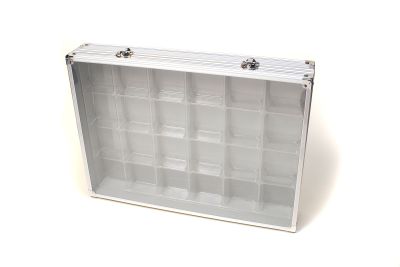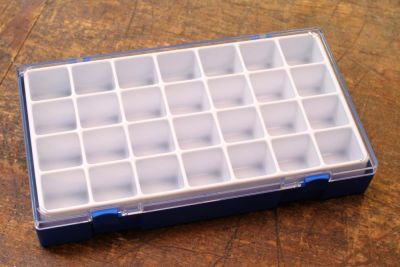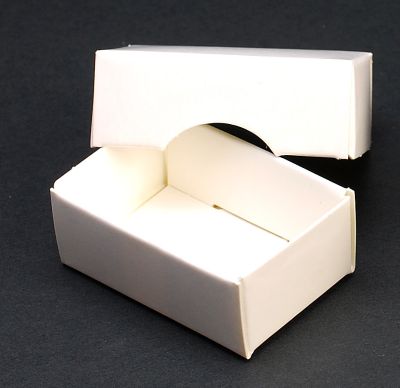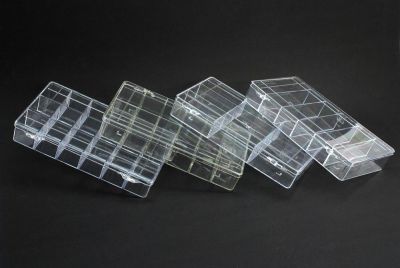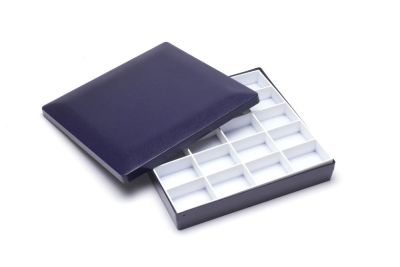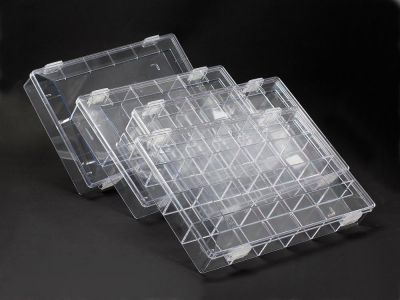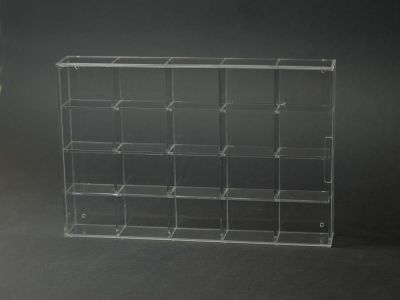24. Dezember
Das letzte Türchen wird heute geöffnet und wir hoffen Sie hatten eine schöne Zeit mit unserem Kalender.
Sollten Sie ein Steinchen nicht mehr zuordnen können, können Sie hier nachsehen, welches Steinchen zu welchem Zettelchen passt >>>>
Möchten Sie ein oder mehrere Stücke größer bekommen, schreiben Sie uns einfach an.
Natürlich freuen wir uns sehr über Rückmeldungen, um die Kalender immer weiter optimieren zu können. Bitte schreiben Sie uns, was Sie gut fanden, was nicht, was Sie noch gerne hätten. Haasler (at) krantz-online.de oder hinterlassen Sie einfach bei dem Produkt eine Bewertung.
Nun wünschen wir
FROHE WEIHNACHTEN

December 18th
The "tri" in the name trilobite stands for three, since trilobites are divided into three sections from top to bottom and from left to right. They belong to the arthropods, the most diversified group of metazoa. Their skeletons were made of calcium carbonate, a few examples are shown on the left: some with spines or with large eyes (they are the first known animals to have eyes), sometimes with a large cephalon. Trilobites are important index fossils for geologists, they existed from the early Cambrian to the Permian.
On the right you can see the ellipsocephalus, which is also depicted on the coat of arms of the Czech town of Jince.

Where do you put all your new treasures?
We will show you some options:

December 12th
Crinoids have been around for a pretty long time. Below you can see three specimens from different ages and regions. All of them have a stem and a crown. During jurassic times, they attached themselves to floating trunks by their roots and were able to form meter-long stems as well as large crowns. Today's door contains a section of such a stem.

Crinoid
Rhineland-Palatinate, Germany

Crinoid
found in Pella, Iowa, USA

Crinoid
from Erkerode, Lower Saxony, Germany

December 8th


December 6th


December 4th
We wish you a happy St. Barbara's Day!
On this day, St. Barbara is celebrated as the patron saint of all miners, see also our instagram/facebook pages.
A brief digression on bivalves and brachiopods:
Often, they are either confused or seen as the same thing. As seen on the left picture, bivalves have a left and a right side and their plane of symmetry runs between those two shells. Brachiopods' symmetry is perpendicular to their shells, of which they possess an upper and a lower one.
Although both are benthic filter feeders, the bivalve (right picture) lies open and has to strain its muscles to close their valves, whereas the brachiopods have closed valves (see comparison of tongs and tea strainer).


December 3rd
Happy 1st Advent !
Did you recognize the Devonian plant today? Here is a larger piece for comparison..
Plants with large leaves did not yet exist in the Lower Devonian. 400 million years ago, the climate was quite warm and the sea level fairly high.
The situation changed in the Devonian when plants developed more stomata to prevent their leaves from overheating. This reduced the very high carbon dioxide concentration and increased the oxygen concentration. That, in turn, led to many changes.


December 1st
The first door has been opened and revealed a small spherical figure.
Together with the Asteroidea (starfish) and the Crinoidea (crinoids), sea urchins are classified as Echinodermata (echinoderms). They have existed since the Ordovician.
We distinguish between the regular (rather spherical) and irregular (flat) sea urchins.
Regular sea urchins (left and right in the picture) possess radial symmetry and are spherical. The mouth is located on the lower side of the sea urchin, which is connected via the intestine to the anus on the upper side.




